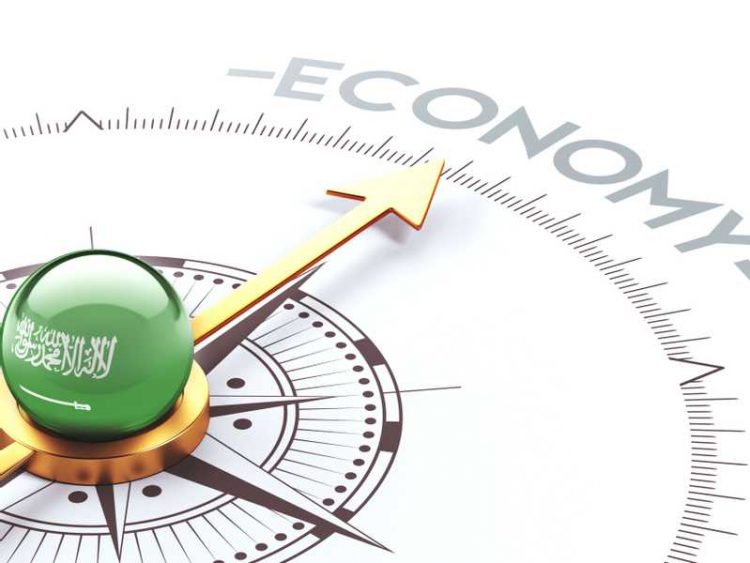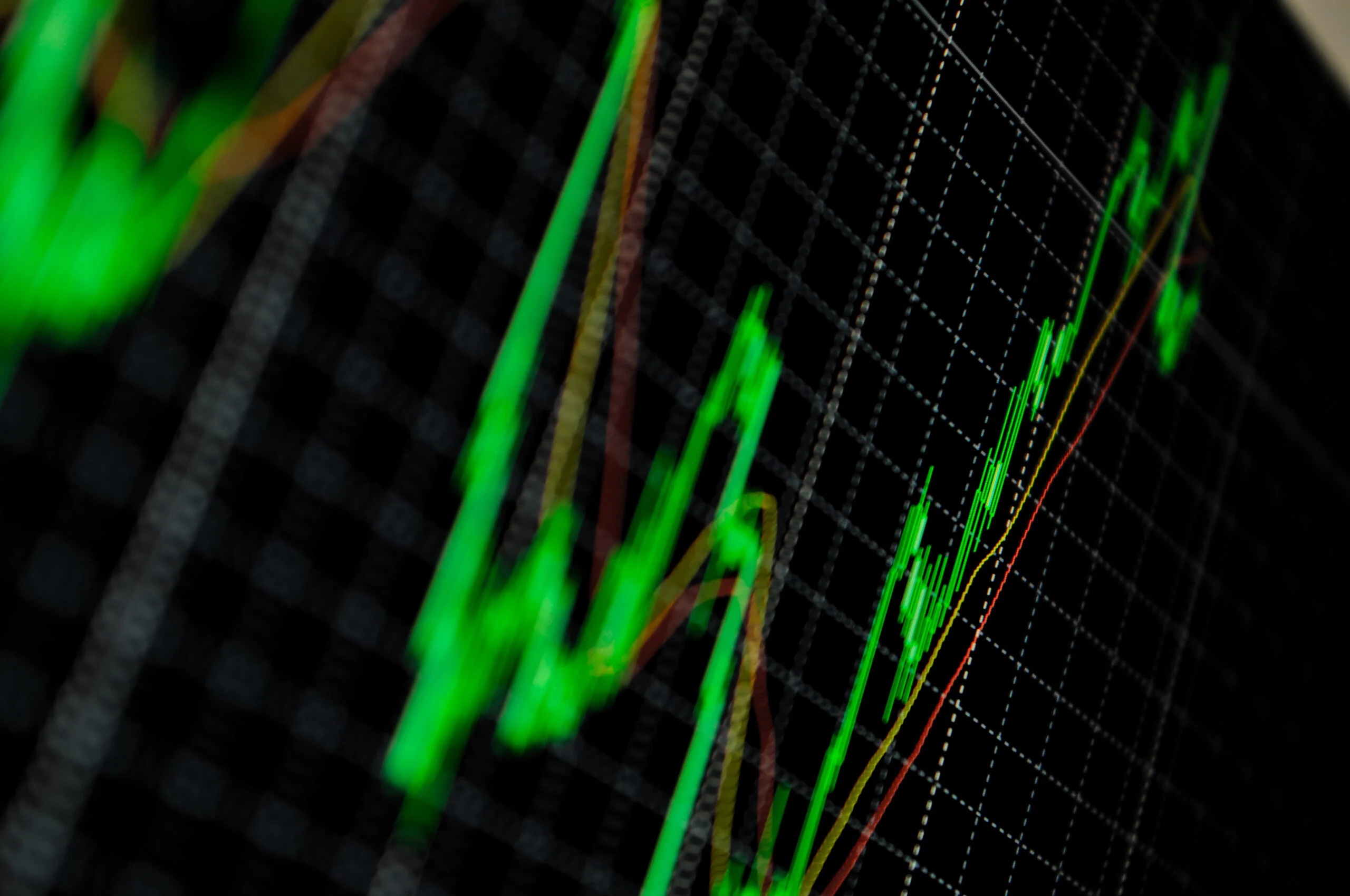Publisher: Maaal International Media Company
License: 465734
Saudi GDP grows 8.6% in Q3
Saudi Arabia recorded a growth in its real GDP by 8.6% in the third quarter of 2022, compared to the same period last year, coinciding with a moderate inflation rate at 2.9%, which is among the lowest rates among the G20 countries.
This came according to the new version of the economic report issued by the Ministry of Economy and Planning, where real non-oil GDP growth expanded by 5.9% after six consecutive quarters, and the manufacturing sector, wholesale and retail trade, restaurants and hotels, construction and transportation were among the main contributors to the growth of the Kingdom’s non-oil GDP in the third quarter of 2022.
Despite the continuous bottlenecks in supply chains that impede global trade, the Kingdom’s trade balance increased to 72.7 billion riyals in August of 2022, with a growth rate of 87% on an annual basis, and exports to China, Japan and the United States increased, in When India and South Korea doubled their imports of Saudi goods on an annual basis, with the Kingdom strengthening its vital role on the international scene.
اقرأ المزيد
The Minister of Economy and Planning, Faisal bin Fadel Al-Ibrahim, stressed that the quarterly report of the Ministry of Economy and Planning is a milestone in its quest to become more transparent by providing access to the latest data and statistics on the economic performance of the Kingdom. Achieving Saudi Vision 2030, and striving to find sustainable diversification, which is important to achieving prosperity.
”Looking forward, our growth prospects remain strong, and investors should be optimistic about the economy’s performance in the near term, supported by the improvement of the non-oil sector, and the Kingdom’s increasing ability to attract talent, develop tourism, and invest,” he added. They will support the resilience of the economy to be stronger, at a time when the global economic landscape is affected by multiple crises.
The quarterly economic report issued by the Ministry of Economy and Planning aims to provide a comprehensive overview of the economy by covering eight categories: real GDP, monetary policy, fiscal measures, economic diversification, financial markets, households, investment and trade, and labor markets. Where data is obtained from various government sources, most notably the General Authority for Statistics, the Saudi Central Bank and the Ministry of Finance, in addition to international institutions.









